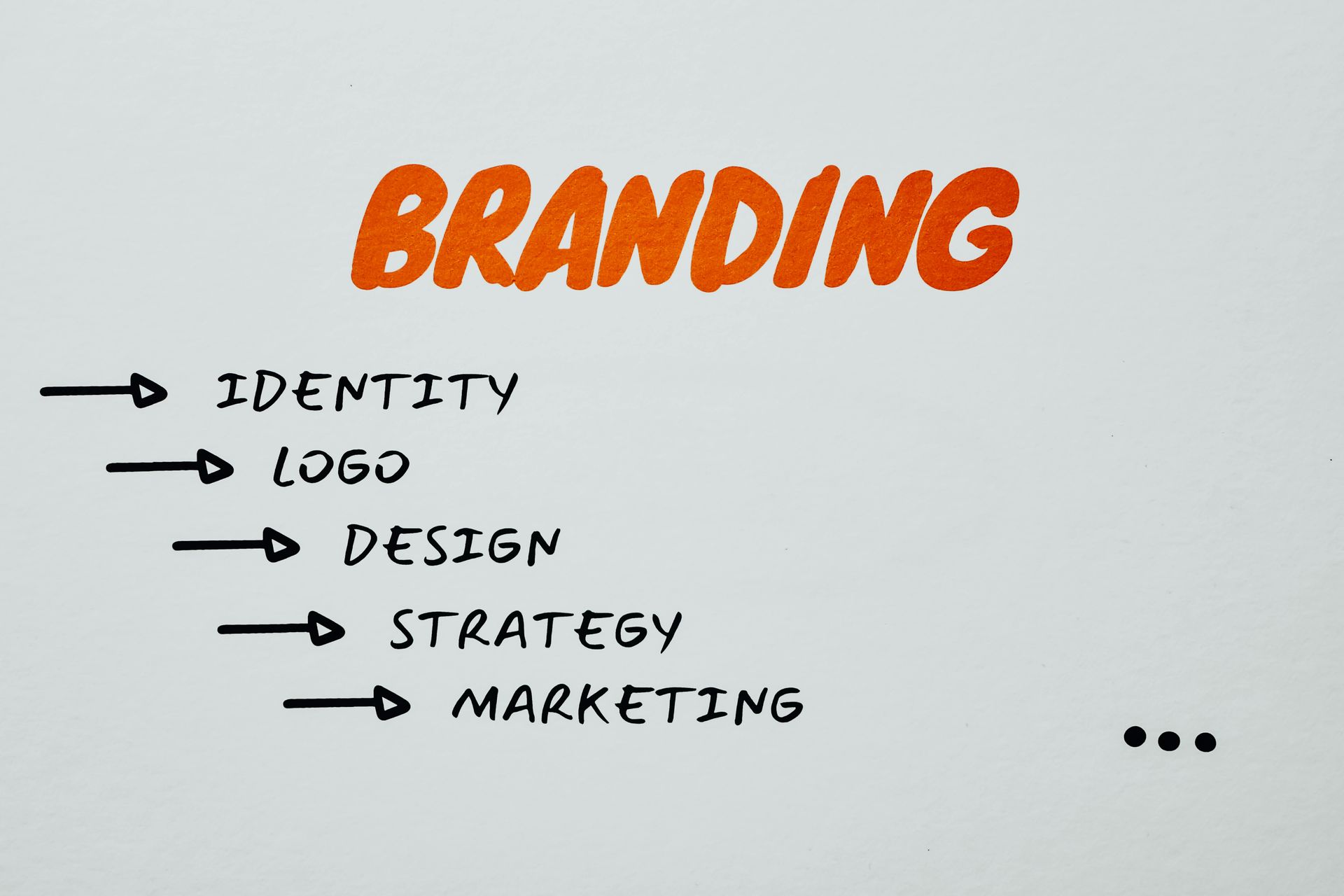How to Make the Most of Email Marketing

- There are 3.9 billion daily email users
- Mobile opens account for 46 percent of all email opens.
- 35% of business professionals check email on a mobile device.
- 73% of millennials prefer communications from businesses to come via email.
Think about these stats , and think about this: email generates $38 for every $1 spent, which is an astounding 3,800% ROI — so it only makes that you include it in your inbound marketing strategy, and you optimize your efforts to maximize your return.
What’s In Email Marketing For Me? (WIFM)
For Cole-Dalton Clients, we recommend sending at least one email per month, but not more than one per week. We also emphasize quality over quantity when it comes to who receives the marketing emails. Current customers and prospects are a great place to start when building a list. It’s also a good idea to create an “automation” through your email platform and your website to add new people who fill out a form on the website or otherwise “opt-in” to the list.
When we review the analytics of the email blast, we have a wealth of data that tells us how many emails were opened, clicked through, bounced, or unsubscribed. We can also see how many times they opened or clicked, which is a great indicator of a highly engaged recipient. When we see that someone opened the email multiple times, it can also mean they forwarded the email to others–another strong indicator that the content is resonating.
Of course, we want the “click-throughs” to be as high as possible, but we also want the “unsubscribes” to be as low as possible. A low unsubscribe rate means the recipient is at a minimum, still OK with hearing from you. Ironically, even if a recipient doesn’t open or click the email, they still got a reminder in their inbox via the “From” field and “Subject” field that you are open for business and ready to serve them when they need your goods or services.
Start With Your Goals
Email marketing isn’t and shouldn’t be an experiment. Create campaigns with solid goals in mind, just like you would with other areas of your strategies. Do you want to grow your customer base and convert readers to buyers? Are you sending out reminders to online shoppers who abandoned their shopping carts on your eCommerce site? Does your business have new product announcements? Think about the answers to these questions as the foundation for the content you create and the benchmarks of your campaign’s success.
Invest In Tech
There’s no shortage of tech tools these days that will help you send out emails, but not all of them are created equal. Some are much more robust than others and offer a robust suite of features that help craft your content and track your analytics. Look for email software that has pre-made templates, automation settings, and integration with your website and other marketing software that’s currently being used. Remember, though, that these tools aren’t hands-off and you still need to be hands-on with the process unless you choose to outsource some (or all) of these steps.

Focus On the Target
Unless you truly know the audience you’re sending emails to, you may as well not send emails at all. Start by taking a deep dive into the different layers and groups and segment them into groups. Think about their shopping behavior, where they are in their purchase journey, and the overall objective of your campaign and use that information to personalize your message. This will help your email messages hit the target and get you closer to your overall campaign goals.
Make It Mobile
Remember the stats we shared above? Nearly half of all emails are being opened on mobile devices instead of computers. Don’t overlook this staggering fact when you create and design your email marketing campaigns. Many of the tech tools will automatically optimize emails for being opened on smartphones and mobile devices, but it’s a smart idea to send a test email to your own device before you send out campaigns to customers. The last thing you want is for all of your hard work to go to waste because they can’t see your content or click on the links you’re sharing.

Make It Nice
How your emails look visually are just as important as factors like segmentation and mobile-optimization. Ensure that your branding is clear and consistent, you include information about how to contact your business, your fonts are large and easy to read, and you’re using graphic design basics in the layout. Better yet, include GIFs and videos, which are both media types that have been proven to garner engagement. Find ways to grab and hold readers’ attention from the first moment they open your emails.
Check the Data
After putting in all the hard work to create effective email marketing campaigns, don’t forget to check the analytics of your results. Look for metrics like open rates, conversions, unsubscribes, or responses to understand what’s working and what’s not. Then zero in on individual elements like subject lines or offers within the emails and tweak them accordingly. Also, make a list of which emails were undeliverable; you’ll want to reconcile these email addresses with your lists to make sure that your valuable customers aren’t inadvertently missing out on receiving your emails.
While there are plenty of moving parts when it comes to creating successful email marketing campaigns, it’s a highly lucrative content marketing strategy that all businesses should be using. You don’t have to tackle it alone, though — we can help you learn how to leverage the power of emails. If you’d like to talk about the role that email marketing could play in filling your sales funnel, we’d be delighted to have that conversation. Request a content marketing consultation today for your business.
The post How to Make the Most of Email Marketing appeared first on Cole Dalton.









